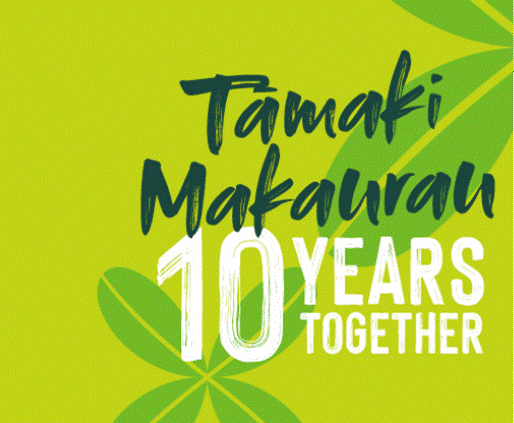
The following text is from this week’s Our Auckland E-News.
This month marks a decade since the eight councils of the Auckland region were merged.
On 31 October 2010, the region’s seven local councils and regional council ceased to exist and, on Monday 1 November 2010, the Auckland Council officially started operating.
Mayor Phil Goff says removing the old city and district council boundaries in 2010 and creating one cohesive organisation has had a transformational effect on Tāmaki Makaurau.
“The establishment of a unified council enabled for the first time in Auckland, a regional approach to housing, transport and environmental infrastructure; combined with efficiencies of scale and a renewed sense of vision embodied in the Auckland Plan, the city has been transformed,” he says.
Beyond city and town centres, the region has also thrived and while not everyone welcomed the change it is undeniably for the better says Deputy Mayor Bill Cashmore, who has represented Franklin since the council was formed as both a local board member and ward councillor.
“We have seen vastly improved transport links, more and better community places more integrated planning that benefits both our urban and our rural areas.
“And while it’s important to acknowledge the big ticket items, we’re also celebrating being able to pick up or drop off a library item anywhere in the region; better connected biodiversity projects that create ecological corridors from the Gulf Islands to the Waitākere Ranges and a regional view of sports facilities designed to fill gaps,” he says.
Auckland Council was established following a central government-led review of Auckland’s governance.
The result was to merge the seven city and district authorities and the regional council to create one unitary authority responsible for all local government functions in Auckland. This process also created the council controlled organisations that exist today to deliver the region’s transport, water, urban and economic development, cultural and events functions.
The ‘super city’ is a $3 billion business that funds its activities from the collection of rates, investments, revenue and carefully managed debt.
New chief executive Jim Stabback says the breadth of the council’s business is far-reaching, which is also one of the organisation’s strengths and is helping to deliver council priorities at a time when the impacts of COVID-19 are biting.
“Reducing duplication, taking advantage of economies of scale and looking for opportunities to turn efficiency into savings was a driver of council amalgamation and remains at the core of what we do.
“We have made a commitment to citizens, communities and businesses of Auckland and our priority is to deliver on those commitments made in the Emergency Budget,” he says.
“Ten years from now,” says the Mayor, “Auckland will be home to almost 1.9 million people. Our challenge is to ensure that Tāmaki Makaurau is a world-class, inclusive place to live, work, visit, play and invest; an attractive home for global and local talent and New Zealand’s gateway to the world.”
